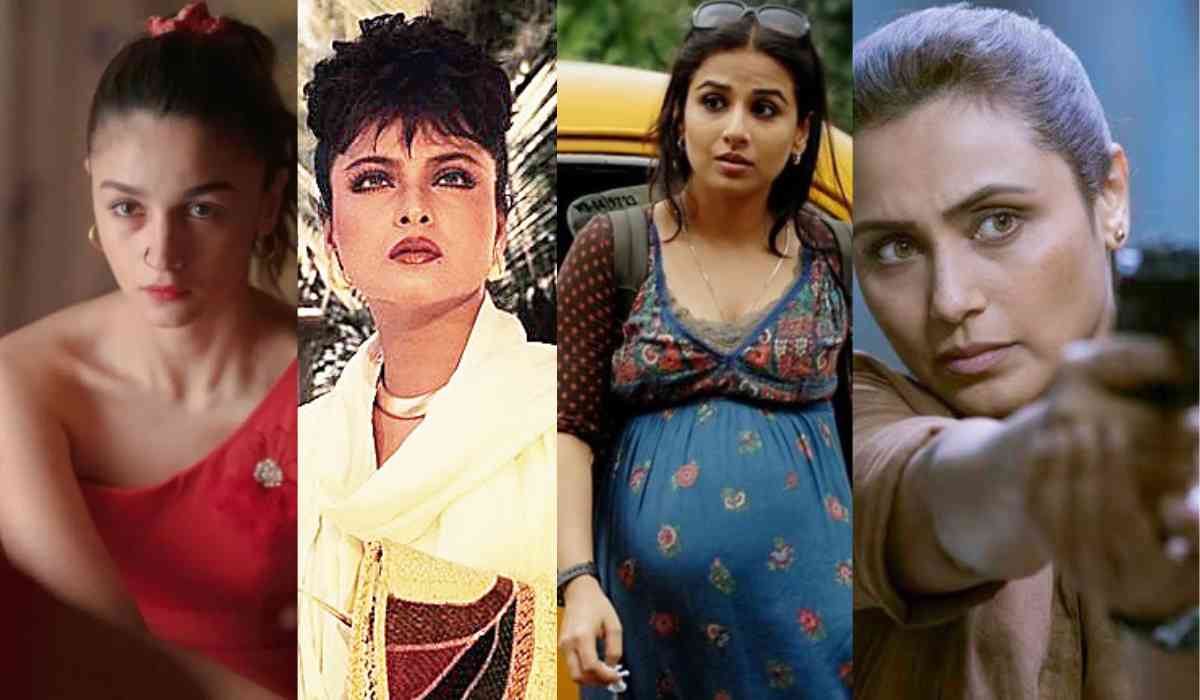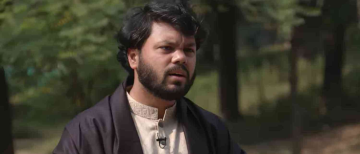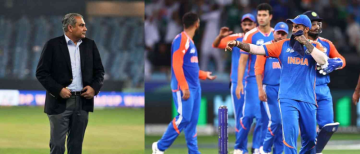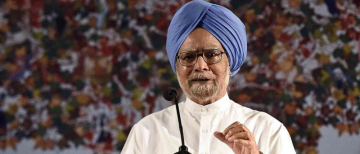Our country is engulfed in a crisis, grappling with a pervasive and disturbing trend: the increasing rate of sexual exploitation, harassment, and brutal rape cases. The recent RG Kar hospital case in Kolkata serves as a harrowing reminder that, despite the outcry following the Nirbhaya case, little has changed. Women remain unsafe, even in places where they should feel secure, such as their workplaces.
As a society, we have long looked to Hindi cinema as a mirror to our world, reflecting the complexities, struggles, and triumphs of our everyday lives. Yet, when it comes to the portrayal of women, particularly angry women, there seems to be a glaring omission.
The Myth of the Angry Young Man
The concept of the "Angry Young Man" was not just a cinematic trope; it was a cultural phenomenon. The recent series "Angry Young Men" on Prime Video India explores the life and work of Salim-Javed, the screenwriting duo who redefined how heroes were written in Hindi cinema. They crafted characters that embodied the frustration and disillusionment of an entire generation. Amitabh Bachchan’s portrayals of Vijay, the angry young man, became synonymous with the angst of a population grappling with economic deprivation, social disparity, and political disillusionment.
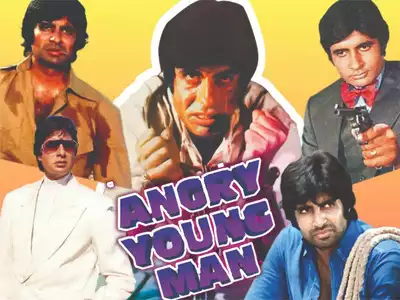
Ranjani Mazumdar’s article, The Cult of the Angry Young Man, poignantly describes this archetype as a figure burdened by a past of deprivation, which shapes his entire psychological makeup. Vijay’s anger was a response to economic hardships, broken family structures, and the inherent injustice in society. But where, I wonder, is the cinematic representation of the anger that women feel? Where is the portrayal of a woman’s rage at being belittled, overworked, underpaid, and physically and emotionally abused?
The Limited Rage of Women in Hindi Cinema
While men in Hindi cinema can rage and lash out for reasons as trivial as a bad breakup or a father’s neglect, a woman’s anger is almost always linked to revenge or justice for a heinous crime. Women are allowed to express rage only in the face of extreme situations—rape, abuse, or discrimination. Films like Mirch Masala, Insaaf Ka Tarazu, Zakhmi Aurat, Khoon Bhari Maang, and more recent ones like No One Killed Jessica and Darlings show women who are pushed to their limits, who finally explode in anger after enduring unspeakable horrors.
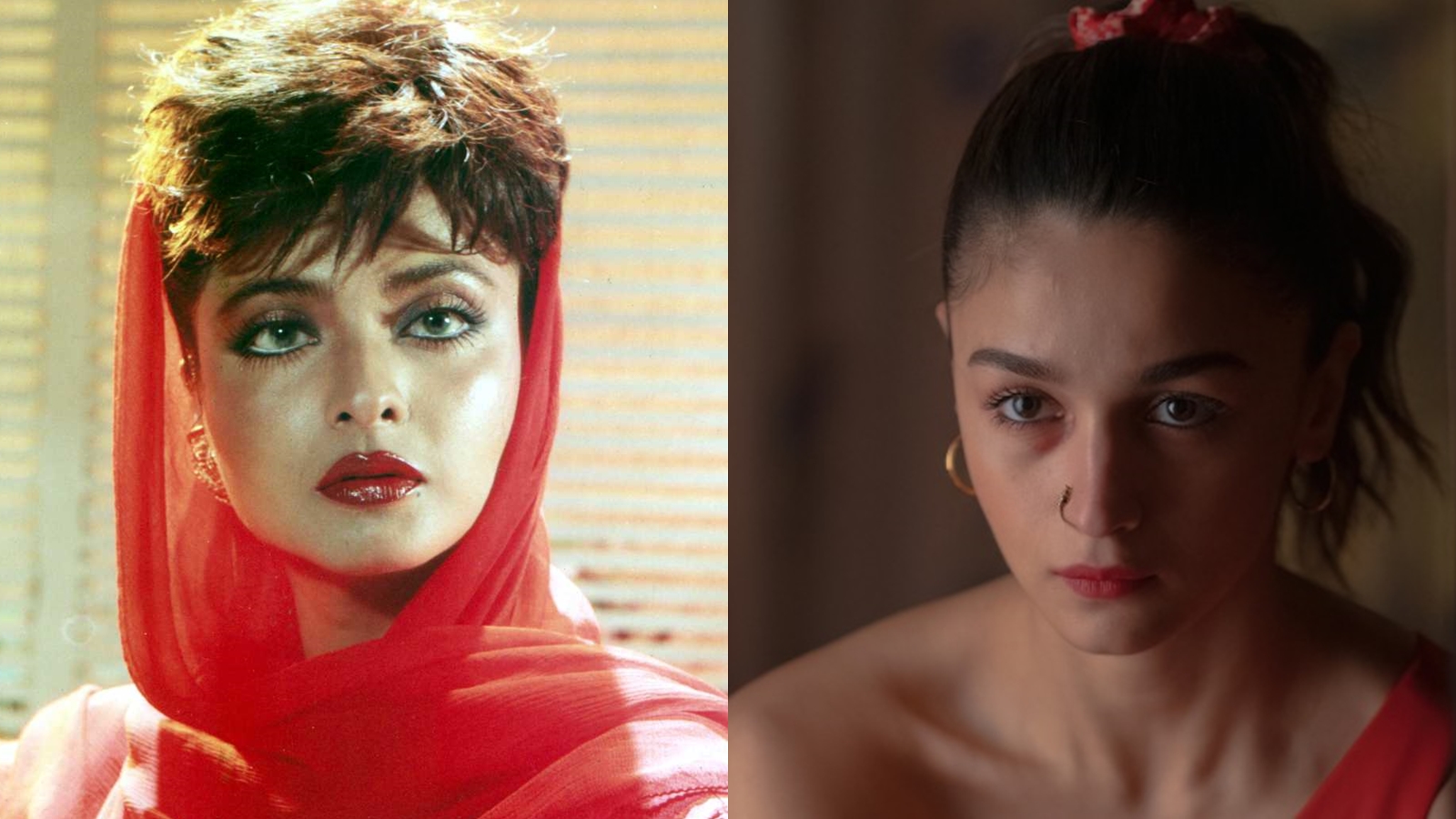
However, when a woman does express anger, it is often elevated to a near-mythical status. She is likened to Goddess Durga or Kali, her rage seen as a righteous force against evil, rather than just a normal, human emotion. Vidya Balan’s character in Kahaani is a prime example. Instead of allowing her to simply be a woman seeking justice for her husband’s murder, the film transforms her into a deity-like figure, symbolizing the victory of good over evil. By doing this, we strip women of their right to be human, to feel and express anger just as men do.
The Silencing of Women’s Anger
The reality is that when a woman in Hindi cinema displays anger or irritability, she is more likely to be labeled annoying than justified. This irony is not lost on the women who are expected to suppress their emotions, to remain calm and composed, lest they be dismissed as hysterical, hormonal, or worse—a "b*tch." Women are conditioned to believe that expressing anger will only lead to more trouble and that it won’t bring about any real change.
The societal expectation is that women should tolerate more, react less, and sacrifice and adjust without complaint. This conditioning is so deeply ingrained that it is reflected in our cinema, where women are rarely given the space to express their true emotions, especially anger. Instead, they are often portrayed as calm, patient, and forgiving—traits that are glorified as virtues.
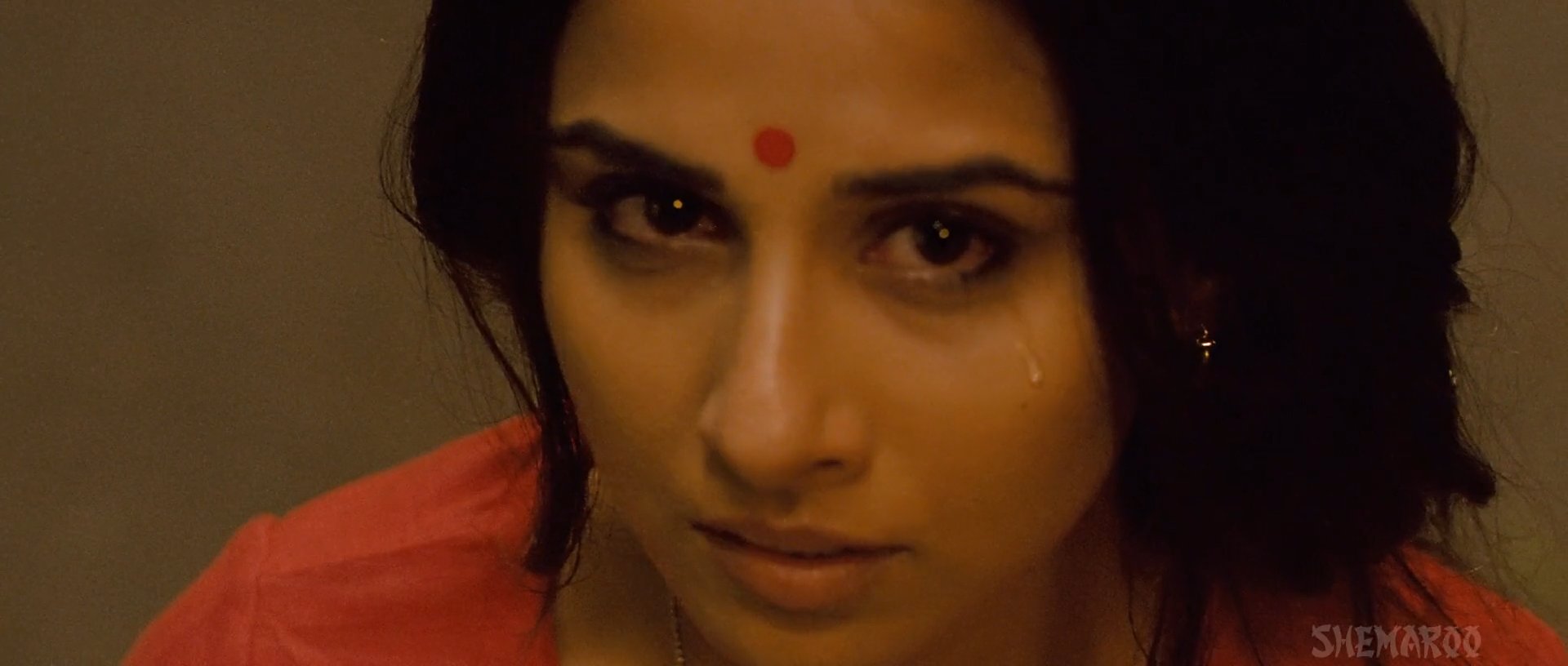
Where Are Our Angry Young Women?
There are only a handful of moments in recent Hindi cinema where women have been allowed to express their anger without the baggage of revenge or justice. Vidya Balan’s outburst in Tumhari Sulu, Kangana Ranaut’s frustration in Panga, Alia Bhatt’s confrontation in Rocky Aur Rani Kii Prem Kahaani, and Vidya’s confrontation in Do and Do Pyaar come to mind. But these moments are fleeting and far from the norm.
The absence of the "Angry Young Woman" in Hindi cinema is not just a creative oversight—it’s a reflection of a deeper societal issue. Women are rarely written as fully fleshed-out characters who are allowed to feel and express anger. They are often confined to being either the nurturing mother, the loving wife, or the victim seeking justice. The complexity of a woman’s emotional landscape is rarely explored especially her anger.
As long as Bollywood continues to shy away from portraying women’s anger in its full complexity, it will fail to be the true reflection of society it claims to be. It’s time for Hindi cinema to step up and create characters that are not just reflections of the "Angry Young Man," but are embodiments of the "Angry Young Woman"—a figure who is just as real, just as justified, and just as important.
Inputs by Agencies
Image Source: Multiple Agencies
Ⓒ Copyright 2024. All Rights Reserved Powered by Vygr Media.

